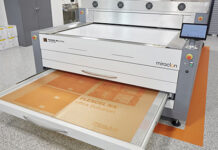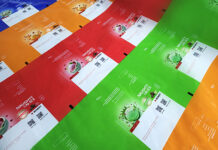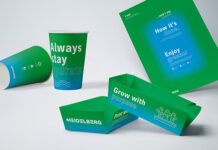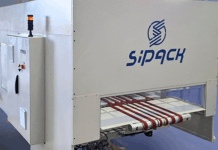The Comieco study reveals unprecedented data on packaging waste management in public transport. The objective: efficiency, recycling, and circular innovation in rail and airport hubs
We are now approaching the opening of Milan-Cortina 2026 Winter Olympics, and sustainability remains a central theme, even among high-speed train seats and in airport lounges. Yes, because major events also start here: from the ability of a country to be ready not only with infrastructure, but also with an environmental vision that extends to the packaging of meals served on board and the waste generated at public transport hubs.
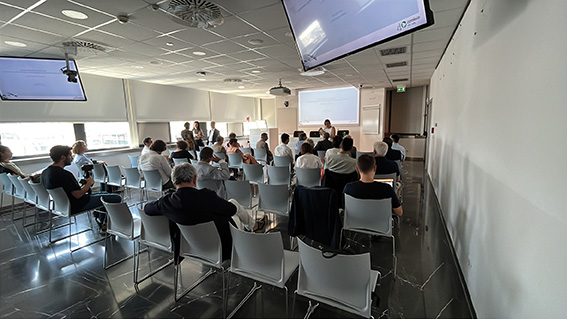
This was discussed on July 16 at Milan Linate Airport, where Comieco presented the results of the study “Production and management of packaging waste in public transport services”, commissioned by Ambiente Italia and conducted on a representative sample of rail carriers (Frecce and Italo), airports (Malpensa and Linate), and aircrafts. This survey, as Carlo Montalbetti, General Manager of Comieco, emphasized at the opening, aims to fill a knowledge gap and propose concrete tools to address the circularity challenges associated with the travel of the millions of passengers expected in the coming months.
65,000 tons per year: travel waste
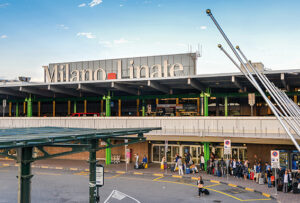
The initial data offered by the study are surprising: the public transport system in Italy generates between 50,000 and 65,000 tons of waste each year, a significant portion of this amount consists of single-use packaging consumed “on the go.” The data includes waste produced on trains, stations, terminals, and aircrafts, but, the researchers warn, it may actually underestimate the phenomenon, given the heterogeneity in collection and the lack of traceability for some types of waste.
Considering these numbers, the percentage of waste destined for recycling, at best, is around 35-38% in airports, with wide fluctuations between 10% and 60% depending on the site and services available. Much remains to be done, therefore, also in light of high dispersion rates, as in the case of paper waste on high-speed trains, where up to 50% of paper cups and bags end up in the unsorted waste.
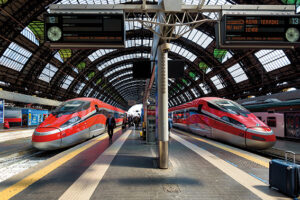
“The study highlights that a lot of paper still ends up in the unsorted waste; for example, as regards on-board train services, this percentage hovers between 25 and 50%, while paper cups, beverage cartons, and other paper packaging found while traveling can and should be disposed of in the separate waste stream”, Carlo Montalbetti emphasizes. “Passenger behavior is important, but the context also determines the quality of travelers’ engagement. We need simple infrastructure, consistent collection systems, and an organization capable of supporting people’s willingness and civic sense”.
The weight (and value) of cellulose packaging
Among the most interesting data, the product analysis conducted by Ambiente Italia highlights the importance of cellulose packaging, paper, cardboard, and paperboard, in waste composition: at Linate, it represents 57% of total airport waste, and at Malpensa, 34%. On high-speed trains, cellulose is the predominant material, followed by plastic packaging. This represents a concrete opportunity to strengthen a quality waste sorting and increase recycling rates.
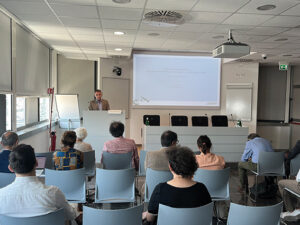
The quality of waste flows, as the study revealed, can be very high if collection is well-organized: in bars and shops at Linate, for example, paper is up to 100% pure. However, bins in common areas collect waste “randomly,” resulting in contamination of waste fractions and loss of value.
New technologies for a smart collection
To support better waste collection, especially cellulose, concrete examples of already available technologies were presented during the roundtable: smart bins with fill sensors, AI-assisted containers, post-collection sorting systems at stations, and even the introduction of “simplified” two or three-stream bins (as in Germany, the Netherlands, and France) that facilitate proper disposal by passengers.
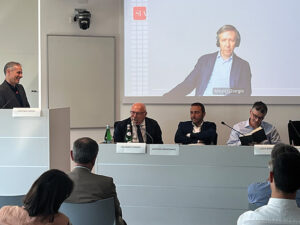
“We cannot expect passengers to behave like garbage collectors”, emphasized Duccio Bianchi of Ambiente Italia, author of the study. “We must therefore design waste sorting systems that take into account users’ actual behavior, simplifying choices, improving communication, and introducing systems that facilitate separation upstream and downstrean”.
Milan Cortina 2026 is an opportunity to accelerate
During the forum moderated by Lorenzo Bono (Comieco), representatives of Trenitalia, SEA, the Municipality of Milan, CONAI, AMSA, Assografici, and Milan Cortina 2026 Foundation shared their experiences, visions, and concrete perspectives. Gloria Zavatta (Fondazione 2026) invited to transform the Games into a laboratory for best environmental practices. SEA expressed its commitment to integrated and visible management of bins at the airport. Trenitalia expressed its desire to improve collection methods on board and at railway hubs, including new contractual criteria and a review of cleaning services.
The objectives? Ambitious, but not impossible: zero waste at stations by 2025, 60% recycling at airports by 2030, elimination of single-use plastics with cellulose replacement, and promotion of eco-design for tableware and containers.
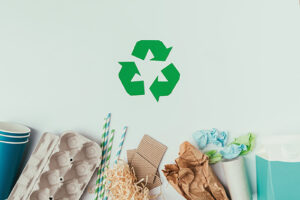
Milan-Cortina 2026 Winter Olympics will generate significant travel flows (an estimated 2 million additional tourists overall), especially in Lombardy, home to some of Italy’s most important public transport hubs, which therefore presents an ideal laboratory for experimenting and implementing concrete solutions, from Milan Central Station to Malpensa and Linate airports.
The right packaging, in the right place
For the paper industry, the scenario outlined by the study and discussion is clear: there is a growing need for sustainable materials, designed to facilitate collection and recycling in high-mobility contexts. Research favors disposable paper products, which in many cases are preferable, in terms of environmental impact, even to reusable products, especially when the return and washing rate is uncertain.
The future, therefore, will not be “zero packaging,” but “the right packaging, in the right place”. This requires integrated planning that considers materials, uses, collection, and facilities. And with a supply chain, the paper industry, ready to respond with innovation, flexibility, and responsibility.






